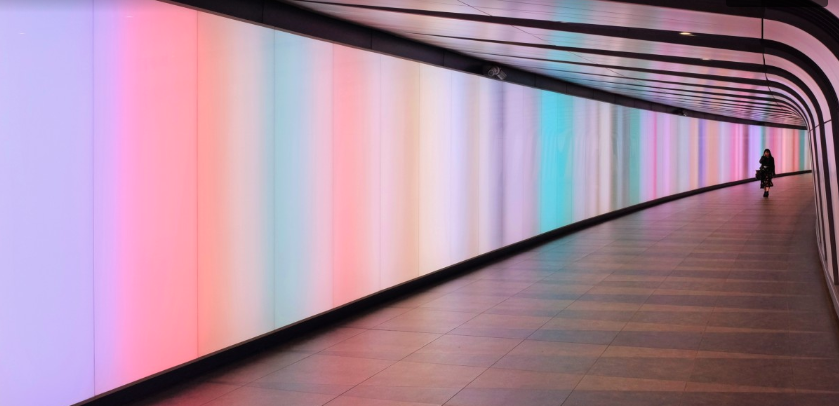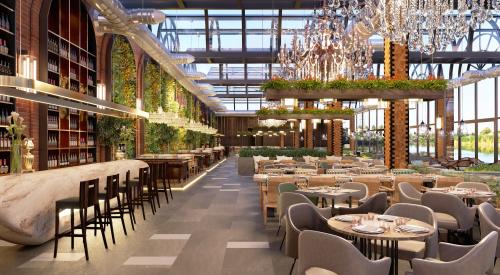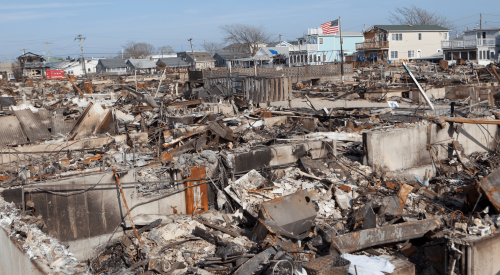A recent report by the American Society of Interior Designers (ASID) offers a call to action, stating that new designers are in a better position than ever before to embrace health and wellness in the built world and, according to ASID Honorary Fellow Susan Szenasy, to “fully realize the empathy that interior designers have always sought to achieve.”
The report points out that the design industry has long been aware of the power of well-being, citing, as an example, the creation in the 1990s of the U.S. Green Building Council’s (USGBC) Leadership in Energy and Environmental Design (LEED) rating system. Currently the USGBC’s efforts are concentrated on resilient design, as a result of the growing intensity and frequency of natural disasters.
A marriage of tech and wellness can be seen in projects emphasizing environmentally friendly, gentle lighting. While LED lights have grown in popularity, offering programmable control, energy savings, and waste reduction, the report points out that the light provided by LEDs may not be as beneficial for circadian rhythms as other lighting options. According to the report, more clients are now interested in lighting that allows them to “sync” with nature.
Designers’ and architects’ software, often created by the designers themselves, dovetails with the sensibilities of newer generations of designers who are considered tech natives. The report says younger designers are searching for “meaning and connectivity” in their work and for their clients. Younger designers may be in a position to instruct their mentors on new avenues for integrating digital technology into the industry and into their own creative expression.













